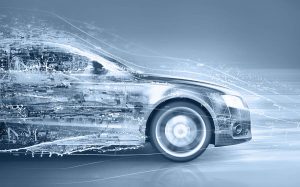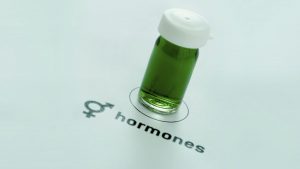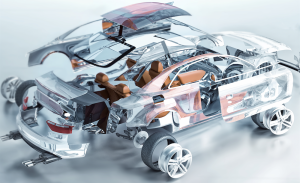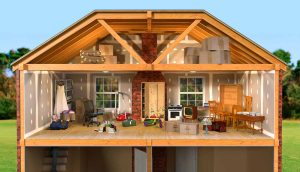How to Improve Your Lab’s Energy Efficiency
2 min read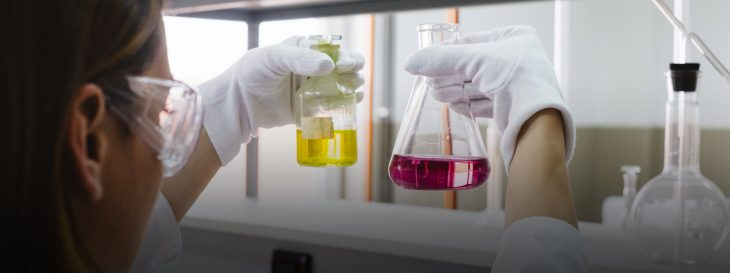
The lab is often overlooked when auditing efficiency at work. But the lab can be a source of significant inefficiency in energy and the attendant running costs. There is a somewhat mistaken belief that the latest tech in the lab will improve efficiency on its own. But the more accurate evaluation would be that the common equipment in a life sciences lab; incubators, freezers, centrifuges and so on are the best candidate for efficiency improvements. How can efficiency in this equipment be improved?
Optimal cooling
Some large ultra-low temperature freezers can consume energy as much as a single family home. These freezers that go as low as -80 Celsius consume 20-25 kWh per day. If there two or three of this kind, the bills can add fast. But there some modern efficient designs that will consume significantly less energy, up to 50% or more of the older freezers. Buying new freezers is costly but realizes better savings in the long-term.
There is also the aspect of inefficiency that comes with frequent opening and closing of a freezer’s door. The resulting destabilization of temperature leads to higher demand to return to set temperatures. The solution to this second type of energy wastage would be to limit door opening frequency, as well as better organization of the freezer. Items being used on current projects should be placed at the front. Larger freezers can have compartmented inner doors with gaskets.
Many specimens will have a temperature allowance. Instead of having the freezer running at -80C, it can be dialed up to -70C without significant threat to the specimen. However, this 10 degrees difference can cut energy use by 20-30%.
Optimal flow for
A fume hood is the most energy-intensive equipment in a life sciences lab. Tuning the fume hood to operate at a lower flow rate when the lab is quiet can cut back the energy use significantly.
Lighting
There is a variety of lighting in a lab that collectively take up around 6-10% of energy use in a lab. Lighting inefficiency in a busy life science lab can happen when lights are left on while the lab is idle. Mismatching bulb wattage is also a problem when lights that are brighter than needed are installed. Tackling lighting energy waste can be overcome by installing sensors that trigger the lights on when there is someone in the lab, and off when it is idle.
Plugged in equipment takes up to 50% of energy costs in a lab. Finding ways of improving energy efficiency can cut running costs and avail more funds other priorities.

